Flexible Working Request Response Letter Template
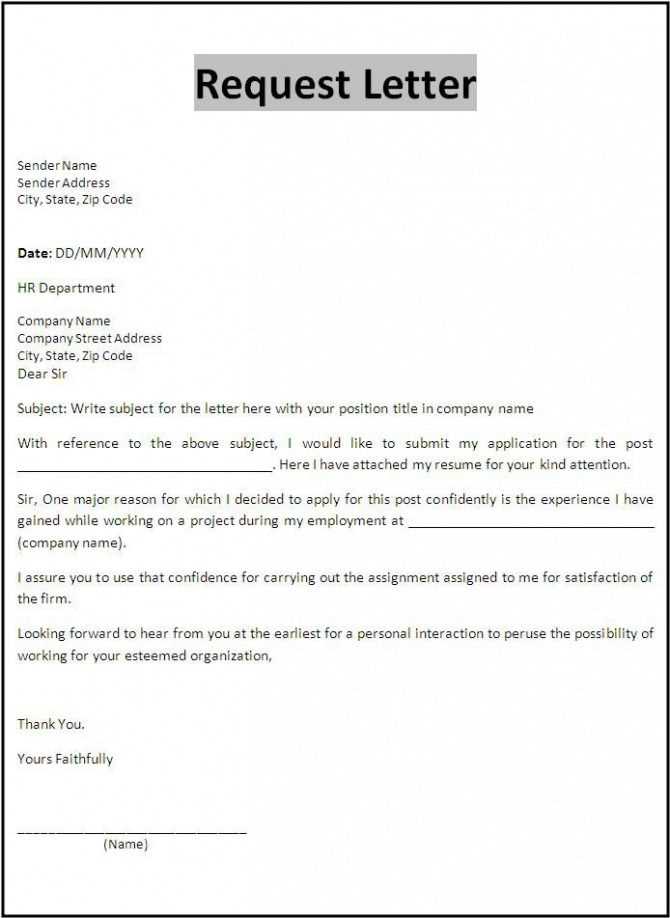
How to Respond to a Flexible Working Request
When an employee asks for changes to their usual work schedule or duties, it is important to consider the request carefully and address it professionally. Responding to such proposals requires a thoughtful approach that reflects the needs of the individual while maintaining the priorities of the organization.
Begin by acknowledging the individual’s inquiry and showing appreciation for their commitment. Whether accepting, modifying, or declining the suggestion, provide clear reasoning behind your decision. It’s vital to communicate how the adjustment might affect workflow, team dynamics, and overall performance. If changes are possible, specify any terms or conditions that apply to the arrangement.
Ensure that the tone of your communication is respectful and transparent, fostering an environment of mutual understanding. This not only helps the employee feel valued but also strengthens the trust within the team, contributing to a positive work culture.
Understanding Flexible Working Rights and Policies
Employees today are increasingly seeking alternative arrangements in their job responsibilities or schedules to better balance their personal and professional lives. This shift requires organizations to adopt policies that accommodate such requests while ensuring business needs are met. Understanding these rights and the company’s approach to such changes is crucial for both employers and staff members.
Legal Considerations and Employee Rights
In many regions, employees have the legal right to ask for changes in their work routine under specific circumstances, such as for caregiving duties or health reasons. It’s essential for both parties to be familiar with the legal framework governing these adjustments. Employers are generally required to consider requests seriously, weighing the impact on the organization before making a decision. However, they are also allowed to refuse based on valid business reasons.
Creating an Inclusive and Supportive Policy

For companies, developing a clear and supportive policy on how to handle such inquiries is key. An effective policy provides guidelines for both employees and managers, helping to streamline the process and ensure transparency. It should cover eligibility, the procedure for making a request, and the criteria for approving or declining a change. A well-defined approach helps maintain fairness while supporting staff in their efforts to achieve better work-life balance.
How to Respond to a Flexible Working Request
When an employee approaches you with a proposal for altering their usual schedule or duties, it’s important to evaluate the request carefully and respond in a manner that is both respectful and clear. A well-thought-out reply shows that you value their input while balancing the needs of the organization.
Start by acknowledging the inquiry in a positive tone. Ensure the employee feels heard and appreciated for their suggestion. Afterward, consider the potential impact on the team and the business before drafting your answer. Offering a constructive reply includes outlining any constraints, suggesting alternatives if necessary, and explaining your decision in a straightforward but considerate manner.
It’s essential to remain professional and diplomatic, providing reasoning for your stance without disregarding the employee’s needs. Clear communication ensures a productive and supportive relationship between you and the team member, whether the request is accepted or modified.
htmlEdit
How to Tailor Your Response for Different Requests
When addressing various types of inquiries related to work arrangements, it’s important to adapt your reply to the specific nature of the request. Understanding the individual circumstances of the person making the appeal allows for a more thoughtful and supportive reply. Recognizing the context and objectives behind each appeal will guide your approach, ensuring that your reply is both professional and considerate.
Assessing the Nature of the Inquiry
The first step in crafting your reply is to carefully assess the reason for the appeal. Is it about a schedule adjustment, a special arrangement, or a change in responsibilities? Understanding the core of the ask will help you address the underlying needs and provide a response that aligns with both the individual’s preferences and the organization’s policies.
Providing Clear and Constructive Feedback
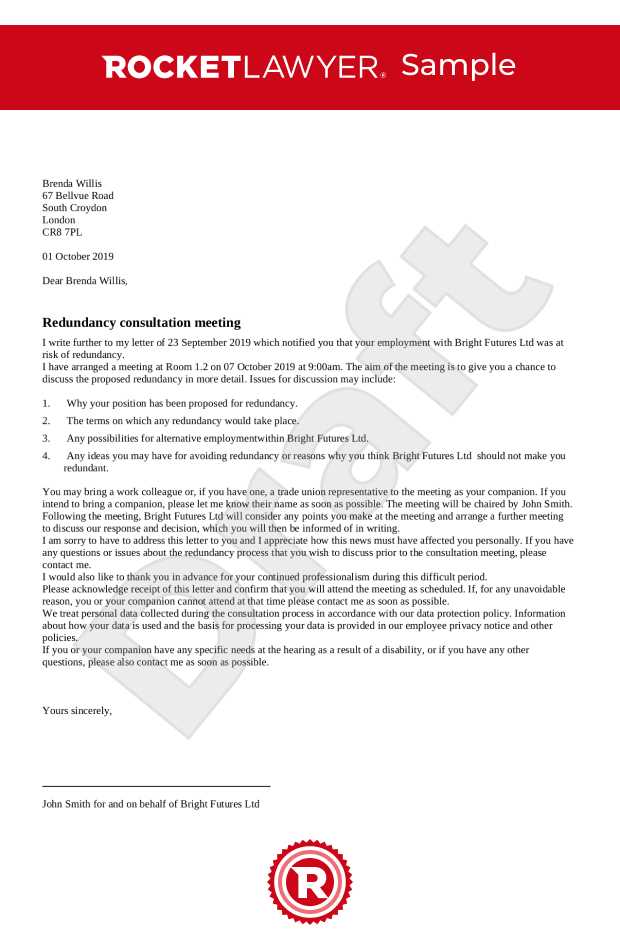
Once you have identified the key points, offering clear guidance is crucial. Whether you approve or need to suggest an alternative, ensure that your message is constructive. Address any concerns, offer solutions, and keep communication open for further dialogue, creating a balanced and respectful tone throughout.
htmlEdit
Common Mistakes to Avoid in Your Response
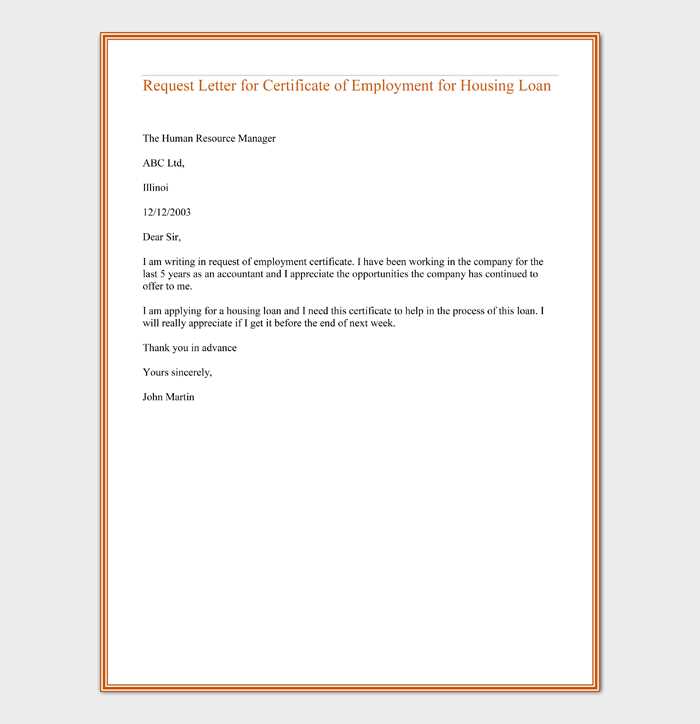
When addressing employee inquiries regarding adjustments or changes in their job conditions, it’s essential to avoid certain pitfalls that could hinder effective communication. Responding without proper consideration of the situation may lead to misunderstandings or dissatisfaction. Keeping a few key points in mind will help ensure your communication remains professional and constructive.
Failing to Acknowledge the Employee’s Needs
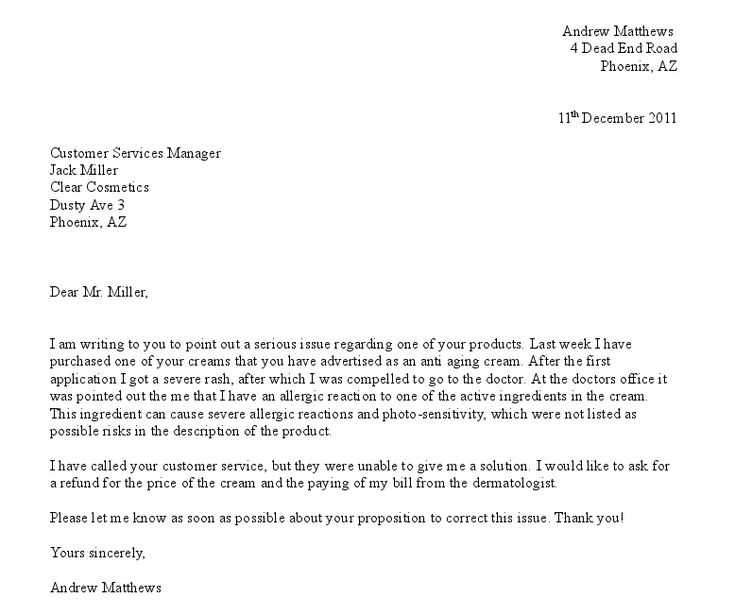
One of the most common mistakes is not recognizing the employee’s unique circumstances. A lack of empathy or understanding can make the employee feel disregarded. It’s important to address the reason behind their request, showing that you’ve considered their perspective.
- Neglecting to express understanding of the situation
- Overlooking the personal impact of the request
- Focusing only on the organization’s needs
Being Vague or Indirect
Another mistake is providing unclear or overly vague replies. A response that lacks specifics can confuse the recipient or leave them unsure about the next steps. To avoid this, be as clear and direct as possible while maintaining professionalism.
- Using ambiguous language that may lead to confusion
- Failing to outline clear actions or next steps
- Not specifying any follow-up process or alternatives
htmlEdit
Best Practices for Professional Communication
Effective communication in the workplace is vital for fostering a positive and productive environment. When responding to any type of inquiry or change proposal, maintaining professionalism ensures clarity, builds trust, and promotes mutual respect. Adhering to key principles can greatly enhance the quality of your interaction and lead to more successful outcomes.
Key Principles to Follow
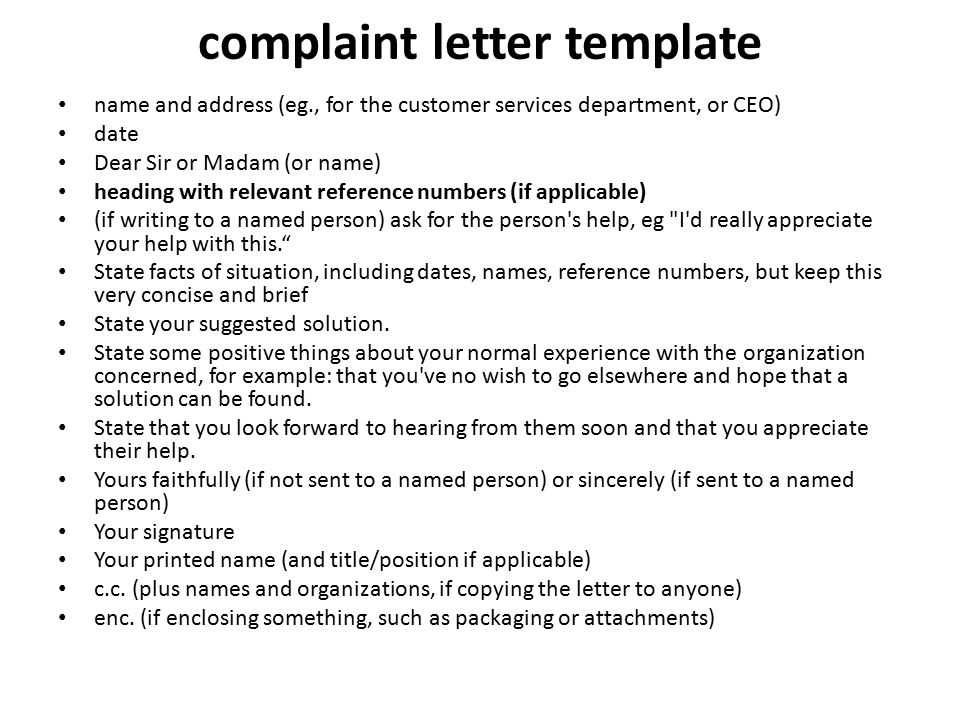
When drafting your response, ensure that you maintain a respectful tone, provide clear explanations, and offer constructive feedback. Whether you’re confirming approval, suggesting alternatives, or addressing concerns, the approach should always be well-thought-out and tactful.
| Best Practice | Description |
|---|---|
| Clarity | Be clear and specific in your communication, outlining next steps or any necessary information. |
| Respect | Ensure your message is courteous, acknowledging the person’s circumstances and needs. |
| Constructive Feedback | Provide helpful, actionable advice or alternatives when you can’t fully accommodate the request. |
| Timeliness | Respond in a timely manner to show respect for the individual’s request and their time. |
Maintaining a Positive Tone
Even when declining a proposal or suggesting changes, it’s essential to maintain a positive and encouraging tone. Offering alternative solutions or acknowledging the merits of the original request can help maintain morale and ensure a productive dialogue.